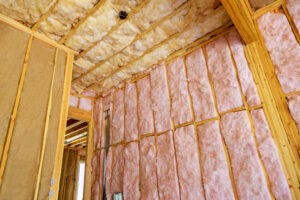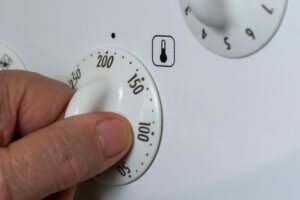What makes a home energy efficient?
In a recent post, I talked about the Energy Efficient Mortgage, or EEM for short. In order to qualify, a certified energy rater must come to the home and look in specific areas to determine the home’s efficiency.
What exactly are they looking for?
- An energy envelope that is efficient and free of leaks. A building energy envelope is the area surrounding the home or building that affects its energy usage. Typically, this includes the actual frame and construction of the home, the ducts inside the home, windows, doors, insulation, building materials, roof, basement, etc. To determine this, they will most likely do a complete inspection and perhaps take some infrared photos to see invisible energy leaks.
- Efficient hvac operation. The heating and cooling systems should be properly sized, installed correctly, and be able to efficiently heat or cool the living space of the home.
- Efficient building materials and equipment. Windows, doors, furnaces, hot water heaters, air conditioners, etc. Essentially, any building material or appliance that is sold with the home (and thus covered under the EEM) are inspected.
- Site of the home. This includes what direction the home is facing, landscaping, tree placement, etc. I’m going to cover landscaping and its incredible and amazing importance in a future post – so stay tuned!
As mentioned, several tests mimicking those of a professional energy audit are usually performed to make some determinations. For example, a pressurized blower test will most likely be conducted to find air flow issues and energy leaks in rooms. When combined with IR technology, energy problems are often magnified. Also, ducts will be pressurized to find leaks. Insulation levels are definitely checked, as are hot water system tests.
The rater then enters all the data into a program, which comes up with a number up to 100. No home will get a 100, but the closer to 100 the home is, the more efficient it is.
How can I make my home more efficient?
We’ve just outlined what the professionals look for when rating your home. There’s much more to it, of course, but try to mimic what they do. Test what you can, and make improvements as necessary. Follow the tips, tests, and articles on this blog, and you’ll improve the efficiency of your home.


